Mac Schwager
TrajectoTree: Trajectory Optimization Meets Tree Search for Planning Multi-contact Dexterous Manipulation
Sep 28, 2021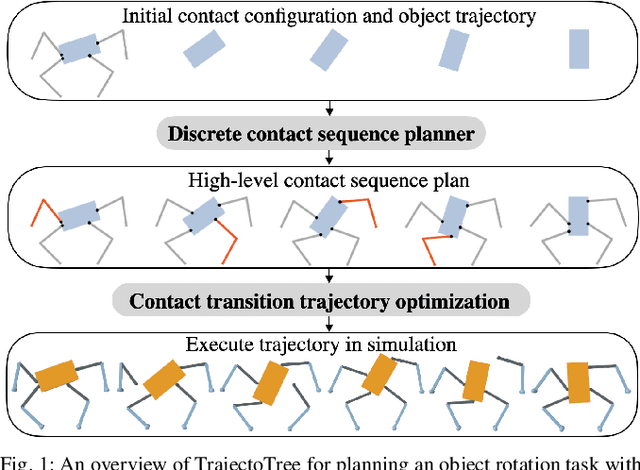
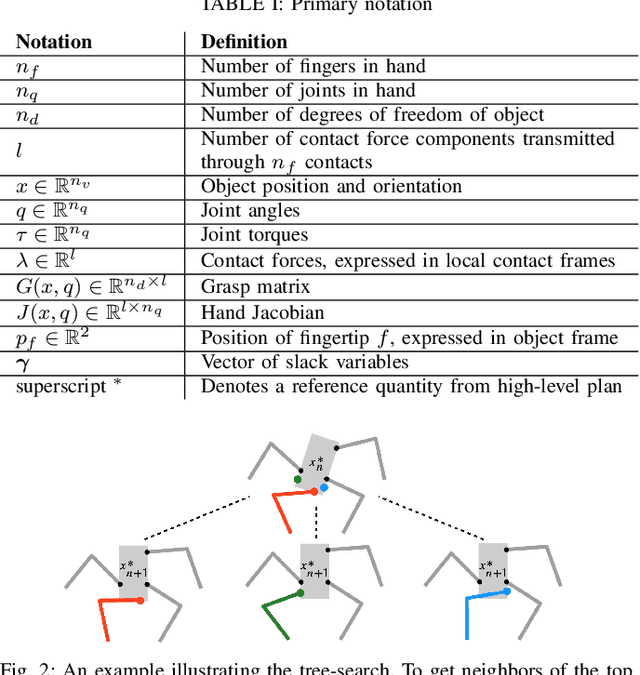
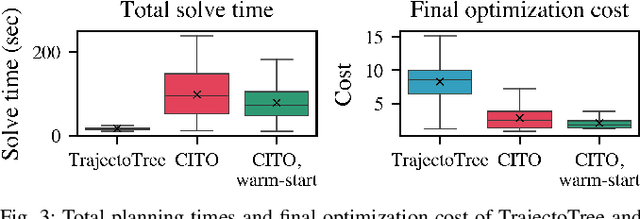

Abstract:Dexterous manipulation tasks often require contact switching, where fingers make and break contact with the object. We propose a method that plans trajectories for dexterous manipulation tasks involving contact switching using contact-implicit trajectory optimization (CITO) augmented with a high-level discrete contact sequence planner. We first use the high-level planner to find a sequence of finger contact switches given a desired object trajectory. With this contact sequence plan, we impose additional constraints in the CITO problem. We show that our method finds trajectories approximately 7 times faster than a general CITO baseline for a four-finger planar manipulation scenario. Furthermore, when executing the planned trajectories in a full dynamics simulator, we are able to more closely track the object pose trajectories planned by our method than those planned by the baselines.
DiNNO: Distributed Neural Network Optimization for Multi-Robot Collaborative Learning
Sep 17, 2021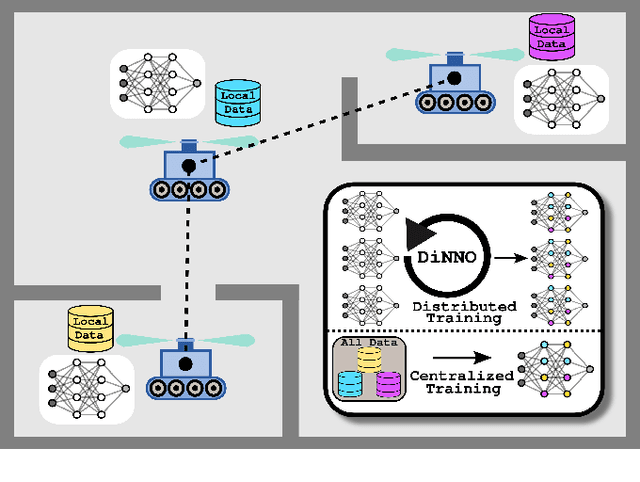

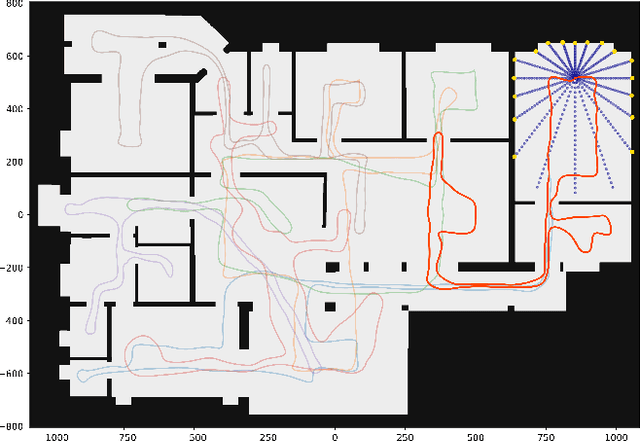
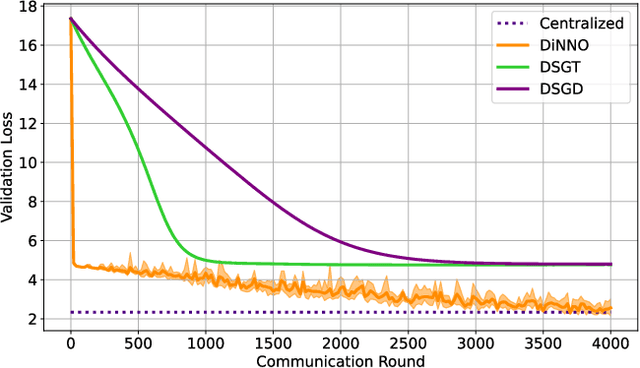
Abstract:We present a distributed algorithm that enables a group of robots to collaboratively optimize the parameters of a deep neural network model while communicating over a mesh network. Each robot only has access to its own data and maintains its own version of the neural network, but eventually learns a model that is as good as if it had been trained on all the data centrally. No robot sends raw data over the wireless network, preserving data privacy and ensuring efficient use of wireless bandwidth. At each iteration, each robot approximately optimizes an augmented Lagrangian function, then communicates the resulting weights to its neighbors, updates dual variables, and repeats. Eventually, all robots' local network weights reach a consensus. For convex objective functions, we prove this consensus is a global optimum. We compare our algorithm to two existing distributed deep neural network training algorithms in (i) an MNIST image classification task, (ii) a multi-robot implicit mapping task, and (iii) a multi-robot reinforcement learning task. In all of our experiments our method out performed baselines, and was able to achieve validation loss equivalent to centrally trained models. See \href{https://msl.stanford.edu/projects/dist_nn_train}{https://msl.stanford.edu/projects/dist\_nn\_train} for videos and a link to our GitHub repository.
Distributed Control of Truss Robots Using Consensus Alternating Direction Method of Multipliers
Aug 14, 2021
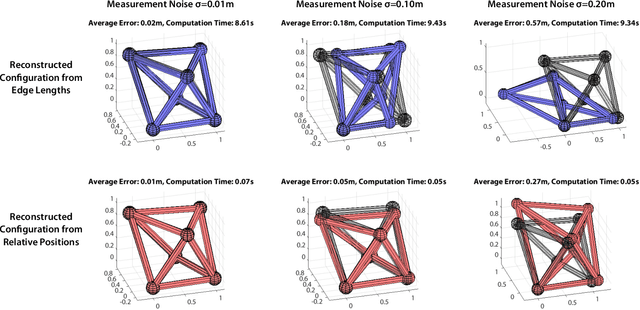
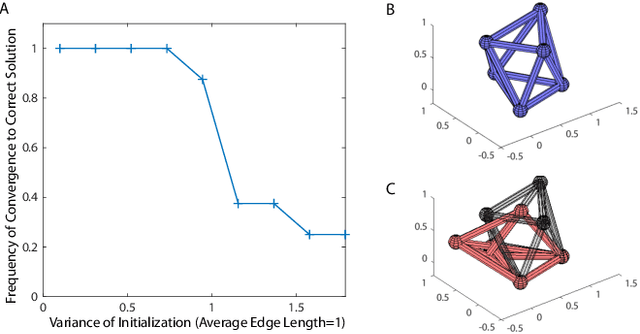
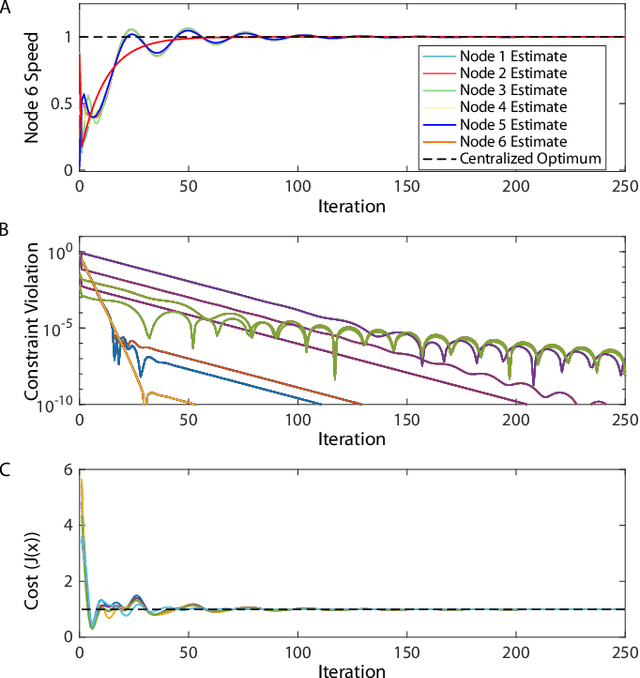
Abstract:Truss robots, or robots that consist of extensible links connected at universal joints, are often designed with modular physical components but require centralized control techniques. This paper presents a distributed control technique for truss robots. The truss robot is viewed as a collective, where each individual node of the robot is capable of measuring the lengths of the neighboring edges, communicating with a subset of the other nodes, and computing and executing its own control actions with its connected edges. Through an iterative distributed optimization, the individual members utilize local information to converge on a global estimate of the robot's state, and then coordinate their planned motion to achieve desired global behavior. This distributed optimization is based on a consensus alternating direction method of multipliers framework. This distributed algorithm is then adapted to control an isoperimetric truss robot, and the distributed algorithm is used in an experimental demonstration. The demonstration allows a user to broadcast commands to a single node of the robot, which then ensures the coordinated motion of all other nodes to achieve the desired global motion.
Reciprocal Multi-Robot Collision Avoidance with Asymmetric State Uncertainty
Jul 22, 2021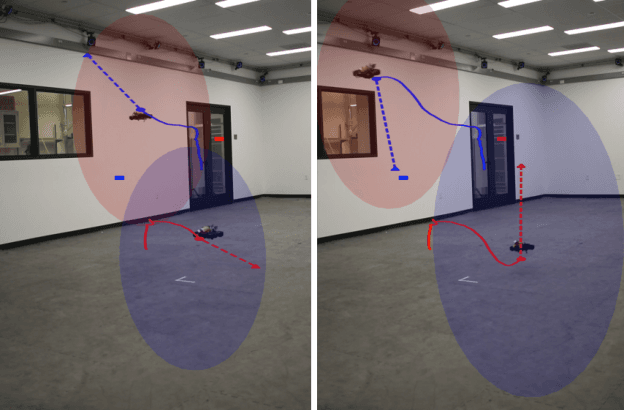
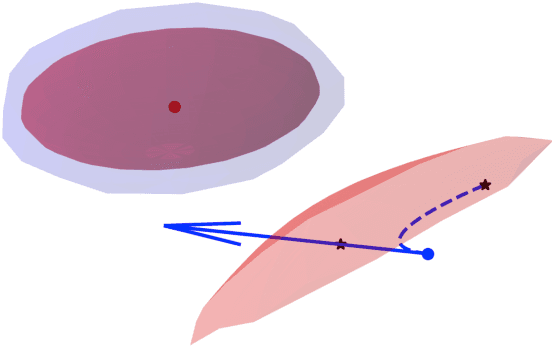
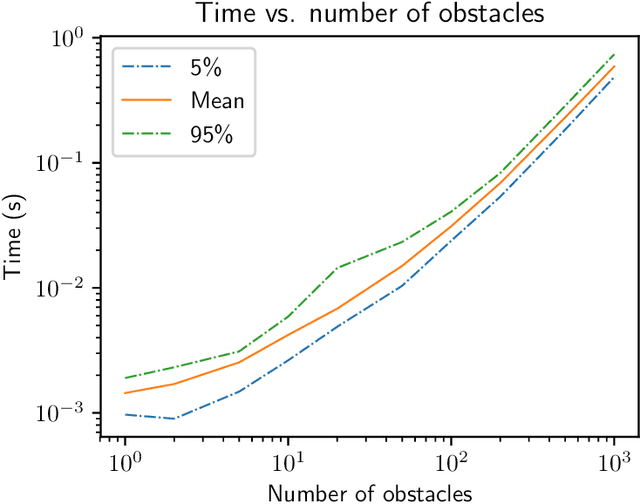
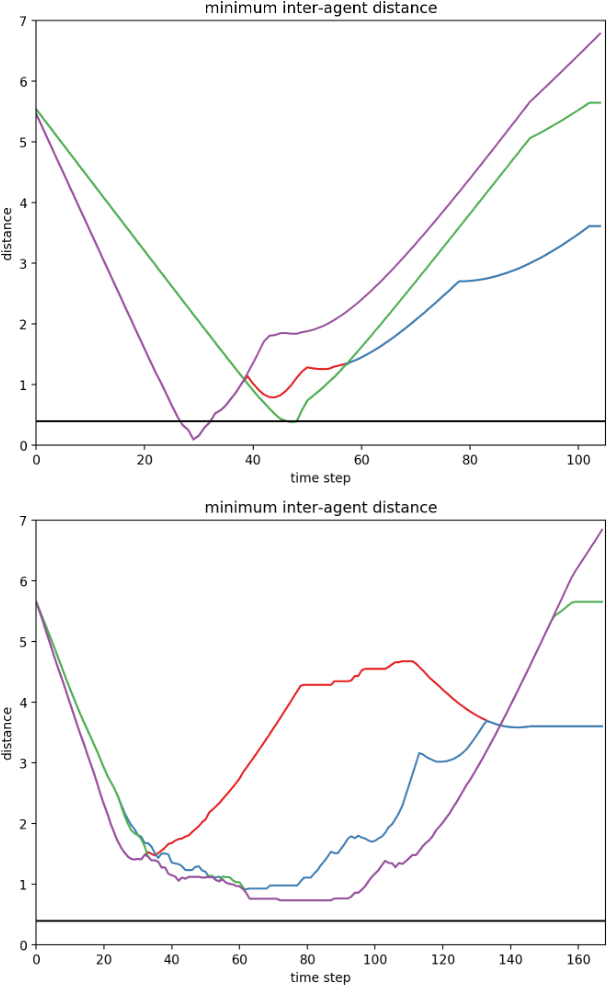
Abstract:We present a general decentralized formulation for a large class of collision avoidance methods and show that all collision avoidance methods of this form are guaranteed to be collision free. This class includes several existing algorithms in the literature as special cases. We then present a particular instance of this collision avoidance method, CARP (Collision Avoidance by Reciprocal Projections), that is effective even when the estimates of other agents' positions and velocities are noisy. The method's main computational step involves the solution of a small convex optimization problem, which can be quickly solved in practice, even on embedded platforms, making it practical to use on computationally-constrained robots such as quadrotors. This method can be extended to find smooth polynomial trajectories for higher dynamic systems such at quadrotors. We demonstrate this algorithm's performance in simulations and on a team of physical quadrotors. Our method finds optimal projections in a median time of 17.12ms for 285 instances of 100 randomly generated obstacles, and produces safe polynomial trajectories at over 60hz on-board quadrotors. Our paper is accompanied by an open source Julia implementation and ROS package.
Linear Contact-Implicit Model-Predictive Control
Jul 12, 2021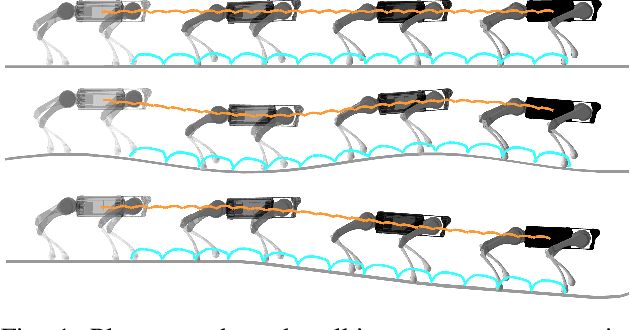
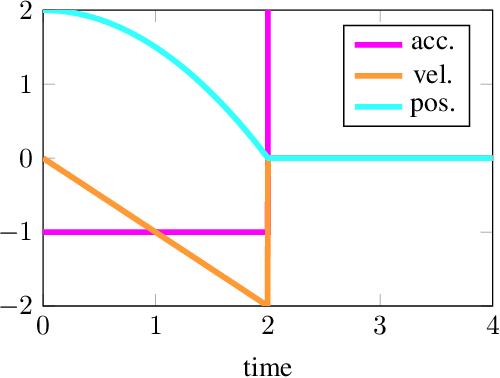

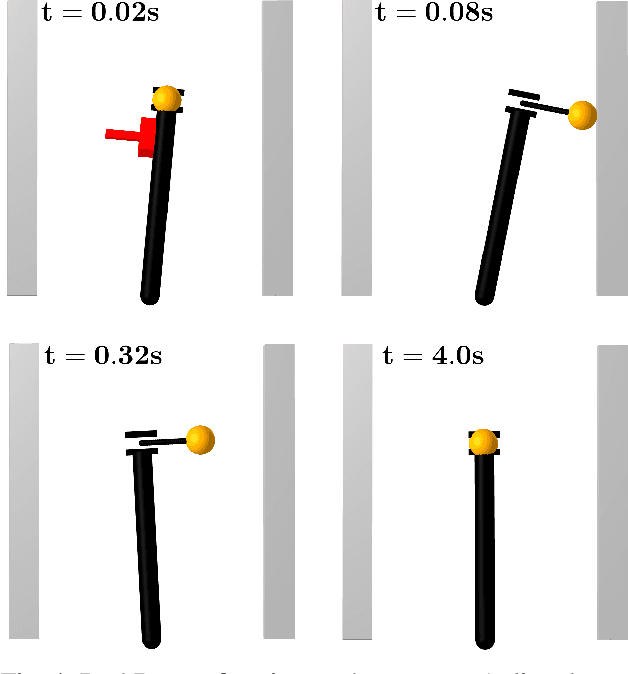
Abstract:We present a general approach for controlling robotic systems that make and break contact with their environments: linear contact-implicit model-predictive control (LCI-MPC). Our use of differentiable contact dynamics provides a natural extension of linear model-predictive control to contact-rich settings. The policy leverages precomputed linearizations about a reference state or trajectory while contact modes, encoded via complementarity constraints, are explicitly retained, resulting in policies that can be efficiently evaluated while maintaining robustness to changes in contact timings. In many cases, the algorithm is even capable of generating entirely new contact sequences. To enable real-time performance, we devise a custom structure-exploiting linear solver for the contact dynamics. We demonstrate that the policy can respond to disturbances by discovering and exploiting new contact modes and is robust to model mismatch and unmodeled environments for a collection of simulated robotic systems, including: pushbot, hopper, quadruped, and biped.
ALGAMES: A Fast Augmented Lagrangian Solver for Constrained Dynamic Games
Apr 17, 2021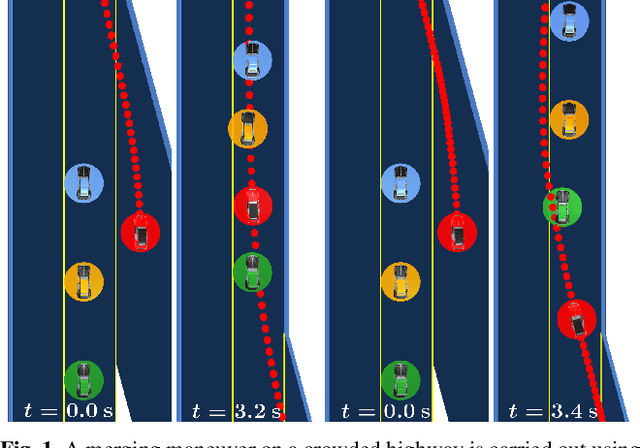
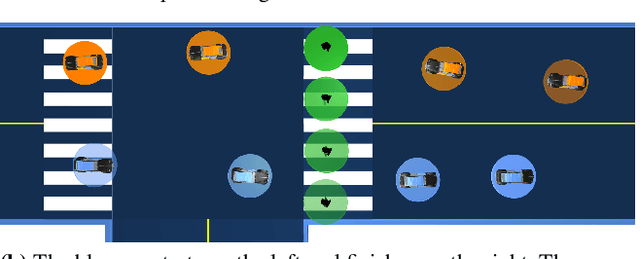

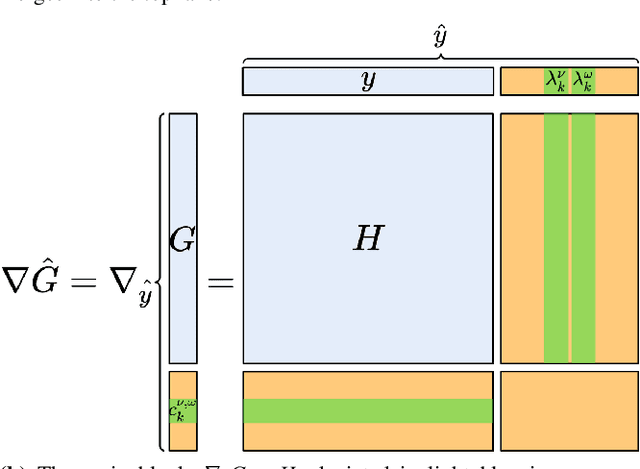
Abstract:Dynamic games are an effective paradigm for dealing with the control of multiple interacting actors. This paper introduces ALGAMES (Augmented Lagrangian GAME-theoretic Solver), a solver that handles trajectory-optimization problems with multiple actors and general nonlinear state and input constraints. Its novelty resides in satisfying the first-order optimality conditions with a quasi-Newton root-finding algorithm and rigorously enforcing constraints using an augmented Lagrangian method. We evaluate our solver in the context of autonomous driving on scenarios with a strong level of interactions between the vehicles. We assess the robustness of the solver using Monte Carlo simulations. It is able to reliably solve complex problems like ramp merging with three vehicles three times faster than a state-of-the-art DDP-based approach. A model-predictive control (MPC) implementation of the algorithm, running at more than 60 Hz, demonstrates ALGAMES' ability to mitigate the "frozen robot" problem on complex autonomous driving scenarios like merging onto a crowded highway.
CineMPC: Controlling Camera Intrinsics and Extrinsics for Autonomous Cinematography
Apr 08, 2021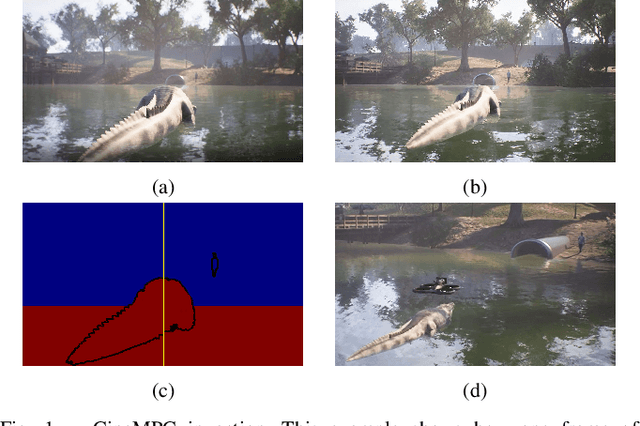
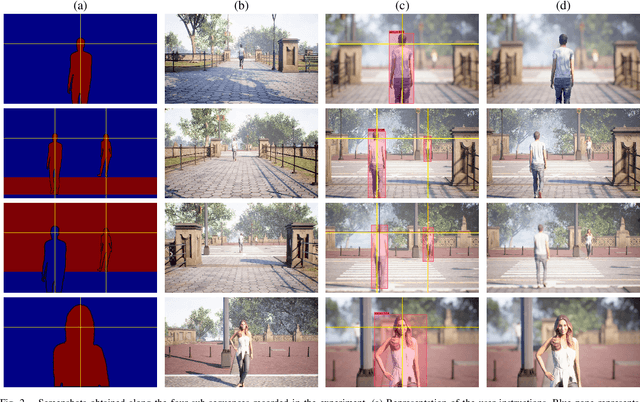

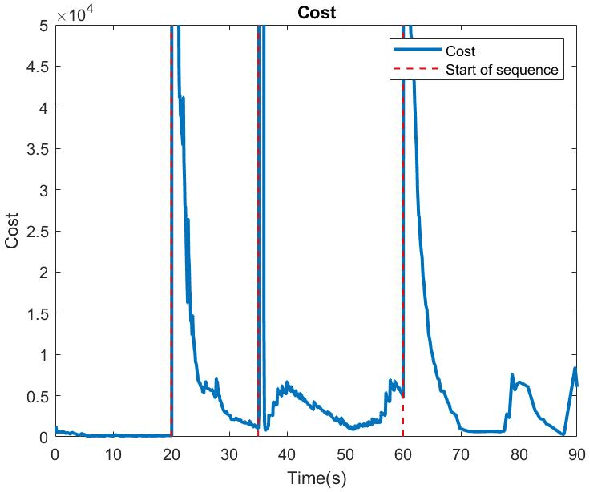
Abstract:We present CineMPC, an algorithm to autonomously control a UAV-borne video camera in a nonlinear MPC loop. CineMPC controls both the position and orientation of the camera-the camera extrinsics-as well as the lens focal length, focal distance, and aperture-the camera intrinsics. While some existing solutions autonomously control the position and orientation of the camera, no existing solutions also control the intrinsic parameters, which are essential tools for rich cinematographic expression. The intrinsic parameters control the parts of the scene that are focused or blurred, and the viewers' perception of depth in the scene. Cinematographers commonly use the camera intrinsics to direct the viewers' attention through the use of focus, to convey suspense through telephoto views, inspire awe through wide-angle views, and generally to convey an emotionally rich viewing experience. Our algorithm can use any existing approach to detect the subjects in the scene, and tracks those subjects throughout a user-specified desired camera trajectory that includes camera intrinsics. CineMPC closes the loop from camera images to UAV trajectory in order to follow the desired relative trajectory as the subjects move through the scene. The cinematographer can use CineMPC to autonomously record scenes using the full array of cinematographic tools for artistic expression.
A Survey of Distributed Optimization Methods for Multi-Robot Systems
Mar 23, 2021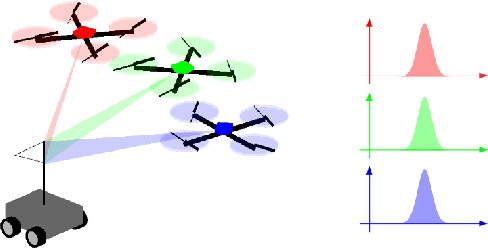
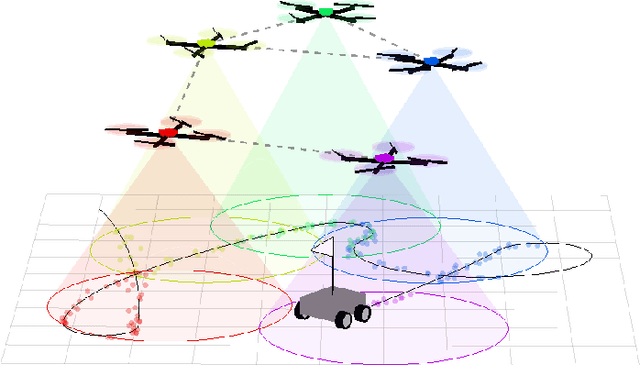
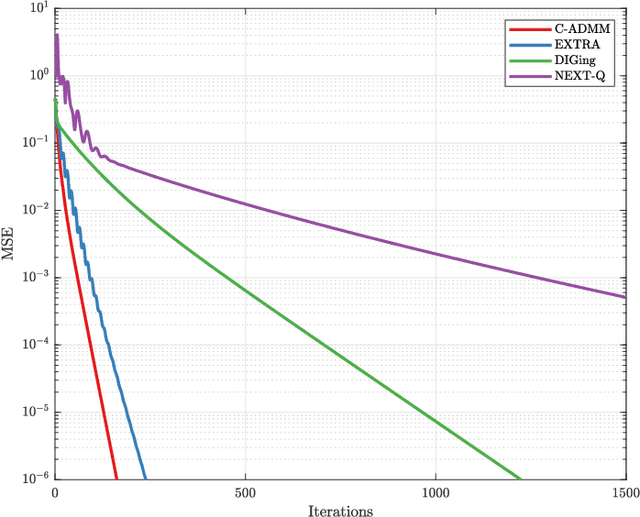
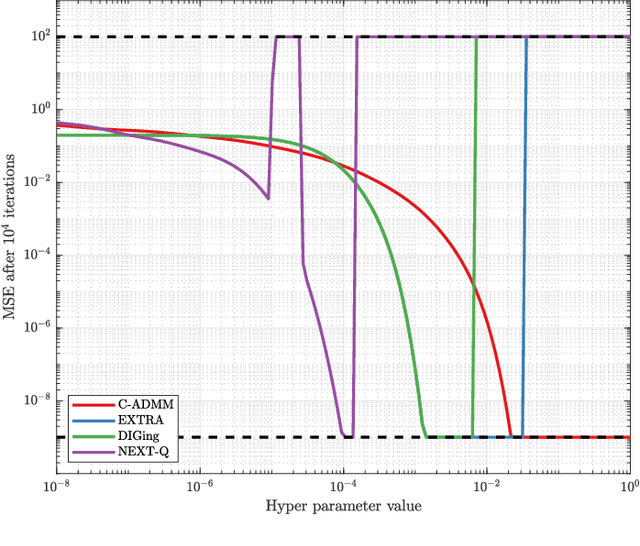
Abstract:Distributed optimization consists of multiple computation nodes working together to minimize a common objective function through local computation iterations and network-constrained communication steps. In the context of robotics, distributed optimization algorithms can enable multi-robot systems to accomplish tasks in the absence of centralized coordination. We present a general framework for applying distributed optimization as a module in a robotics pipeline. We survey several classes of distributed optimization algorithms and assess their practical suitability for multi-robot applications. We further compare the performance of different classes of algorithms in simulations for three prototypical multi-robot problem scenarios. The Consensus Alternating Direction Method of Multipliers (C-ADMM) emerges as a particularly attractive and versatile distributed optimization method for multi-robot systems.
MSL-RAPTOR: A 6DoF Relative Pose Tracker for Onboard Robotic Perception
Dec 16, 2020
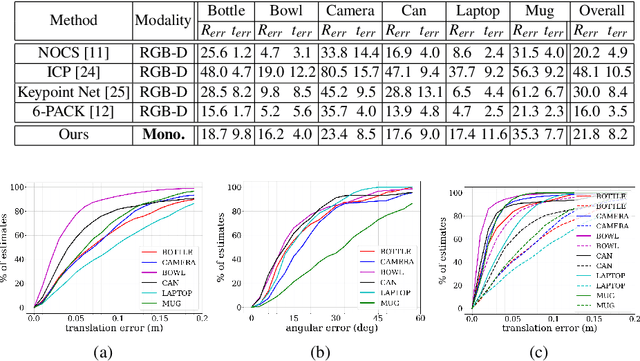

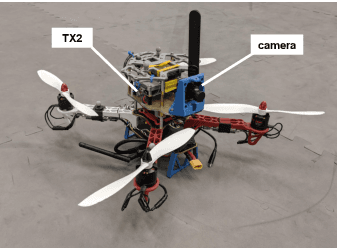
Abstract:Determining the relative position and orientation of objects in an environment is a fundamental building block for a wide range of robotics applications. To accomplish this task efficiently in practical settings, a method must be fast, use common sensors, and generalize easily to new objects and environments. We present MSL-RAPTOR, a two-stage algorithm for tracking a rigid body with a monocular camera. The image is first processed by an efficient neural network-based front-end to detect new objects and track 2D bounding boxes between frames. The class label and bounding box is passed to the back-end that updates the object's pose using an unscented Kalman filter (UKF). The measurement posterior is fed back to the 2D tracker to improve robustness. The object's class is identified so a class-specific UKF can be used if custom dynamics and constraints are known. Adapting to track the pose of new classes only requires providing a trained 2D object detector or labeled 2D bounding box data, as well as the approximate size of the objects. The performance of MSL-RAPTOR is first verified on the NOCS-REAL275 dataset, achieving results comparable to RGB-D approaches despite not using depth measurements. When tracking a flying drone from onboard another drone, it outperforms the fastest comparable method in speed by a factor of 3, while giving lower translation and rotation median errors by 66% and 23% respectively.
Reachable Polyhedral Marching (RPM): A Safety Verification Algorithm for Robotic Systems with Deep Neural Network Components
Nov 23, 2020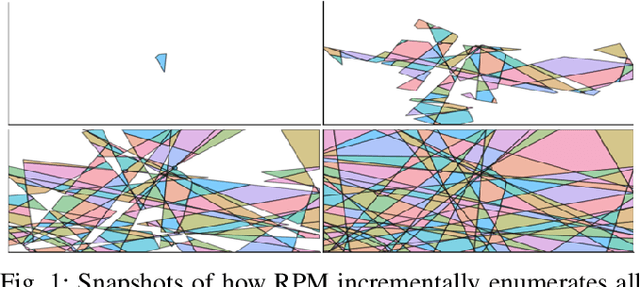
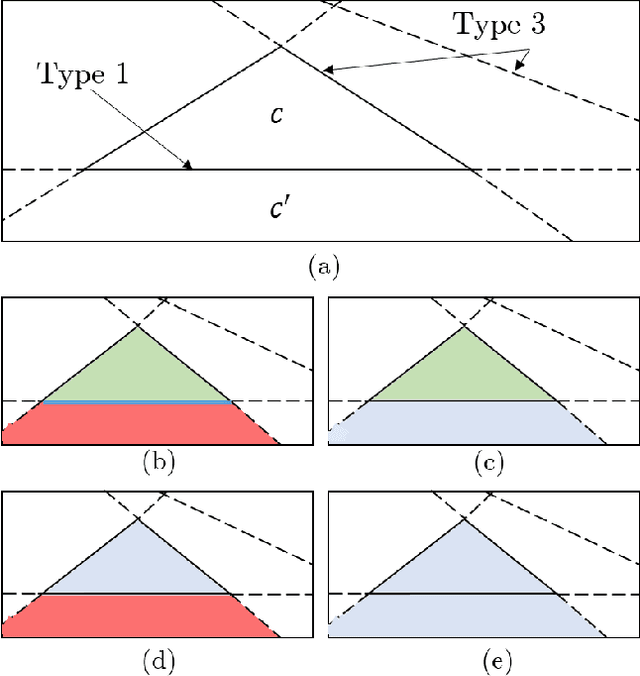
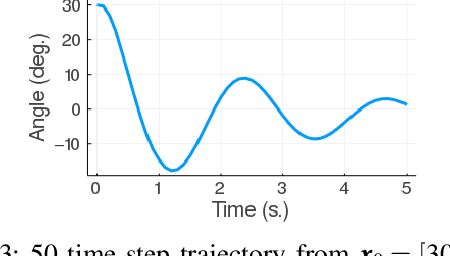

Abstract:We present a method for computing exact reachable sets for deep neural networks with rectified linear unit (ReLU) activation. Our method is well-suited for use in rigorous safety analysis of robotic perception and control systems with deep neural network components. Our algorithm can compute both forward and backward reachable sets for a ReLU network iterated over multiple time steps, as would be found in a perception-action loop in a robotic system. Our algorithm is unique in that it builds the reachable sets by expanding a front of polyhedral cells in the input space, rather than iterating layer-by-layer through the network as in other methods. If an unsafe cell is found, our algorithm can return this result without completing the full reachability computation, thus giving an anytime property that accelerates safety verification. We demonstrate our algorithm on safety verification of the ACAS Xu aircraft advisory system. We find unsafe actions many times faster than the fastest existing method and certify no unsafe actions exist in about twice the time of the existing method. We also compute forward and backward reachable sets for a learned model of pendulum dynamics over a 50 time step horizon in 87s on a laptop computer. Source code for our algorithm can be found at https://github.com/StanfordMSL/Neural-Network-Reach.
 Add to Chrome
Add to Chrome Add to Firefox
Add to Firefox Add to Edge
Add to Edge